Electric underfloor heating installation: Everything you need to know
Electric underfloor heating installation is possible if you're a competent DIYer. Whether you opt for DIY or call in an expert, here's what you need to know
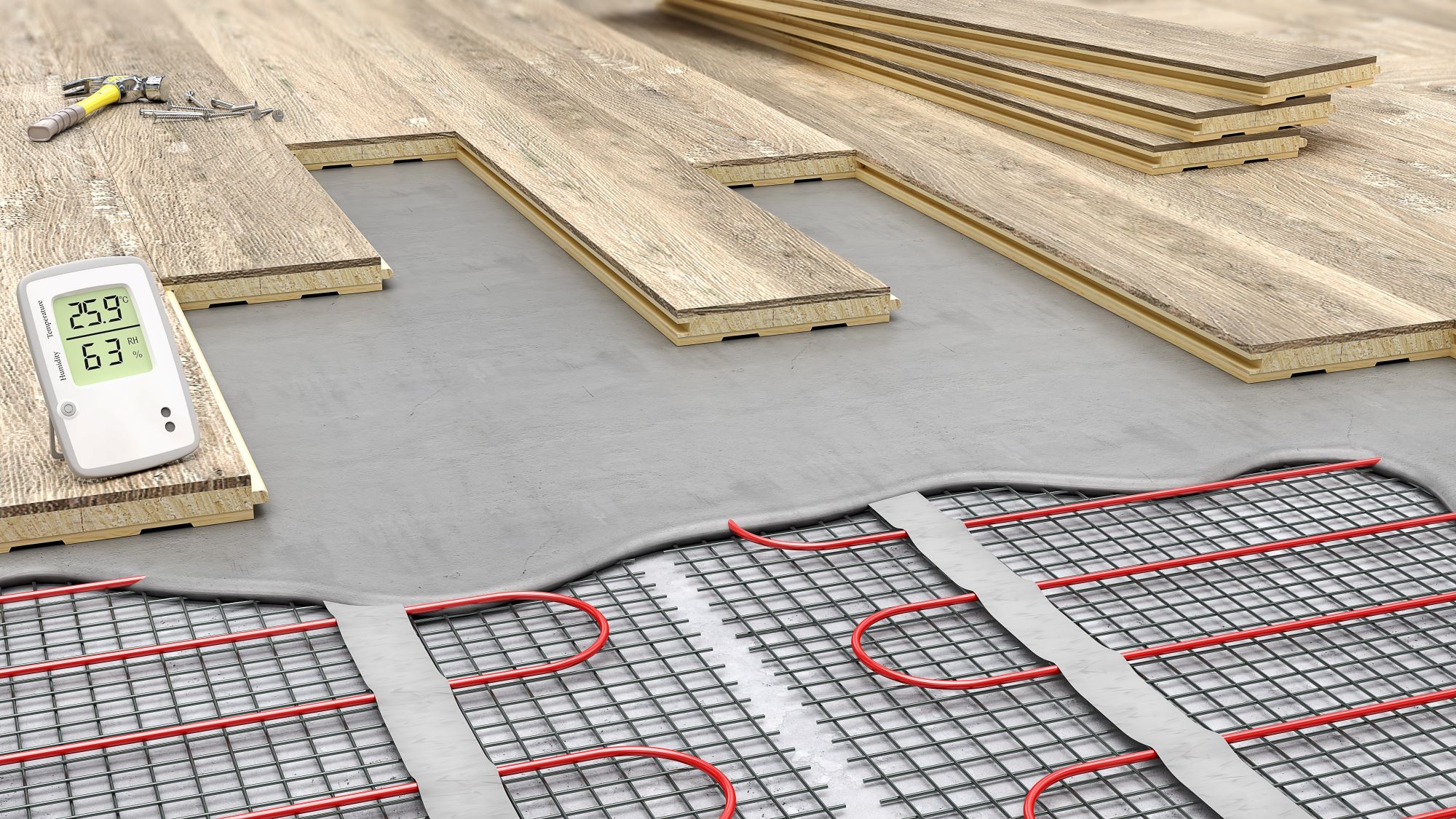
Electric underfloor heating installation can be less complex for DIYers than installing wet systems. Wiring can be purchased in rolls of matting that can be simply rolled out without having to position and fix each wire individually.
Electric underfloor heating (UFH) is an option many homeowners choose when retrofitting underfloor heating. This is because it can be thin and low profile so the floor doesn't have to be dug out to add it during a renovation or kitchen or bathroom refit. For this reason, it also commonly used for first floor rooms.
What's more, it offers quick heat up times, which can be perfect in rooms such as bathrooms. That said, the running costs of electric underfloor heating are higher when compared to those of wet underfloor heating.
Whether you hope to install electric underfloor heating yourself, are choosing a product ready for your electrician to fit, or simply want to know more, our guide to electric underfloor heating installation will answer your key questions. Plus, we also explain how installation differs with different types of electric UFH systems.
Can I install electric underfloor heating myself?
Yes, if you are confident about your DIY skills it is possible to lay electric underfloor heating yourself with the help of this guide. That said, you will still need an electrician to add the power supply, check it and sign it off afterwards for Building Regulation purposes.
How do I measure up before electric underfloor heating installation?
Before installing electric underfloor heating, you'll need to measure up to work out what materials you'll need. You'll also need to consider your UFH zones if laying in large spaces or across multiple rooms.
Once you have measured the width and length of the room or zone where you intend to install electric underfloor heating, it's worth noting that most installers will leave round 50mm of an edge around a room. What's more, if you're installing it within a kitchen, it should ideally not be laid underneath the units and other such fittings.
Bring your dream home to life with expert advice, how to guides and design inspiration. Sign up for our newsletter and get two free tickets to a Homebuilding & Renovating Show near you.
This is particularly important where items need to be fixed to the floor as it will not be possible to drill down into the floor once the UFH is installed. Of course, if you ever change the layout, it can help futureproof the space if you cover the entire floor where fittings are not an issue.
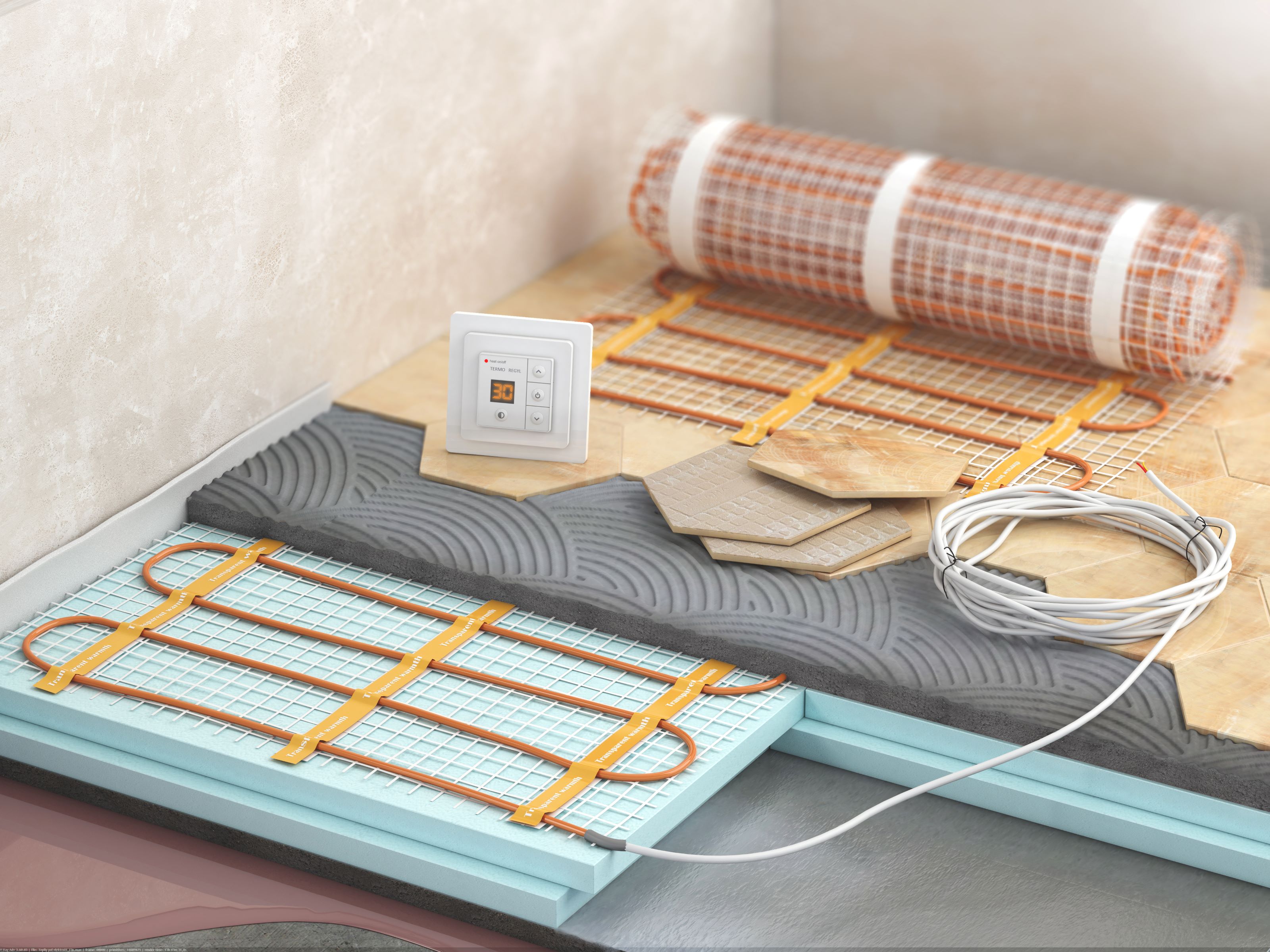
Can I install electric underfloor heating over timber floors?
If you have timber floors, common in first floor rooms, or timber suspended floors on the ground floor, you'll need a base of plywood or a suitable tile backer board to ensure your electric underfloor heating doesn't damage the wood. You'll also need to make sure the type of electric underfloor heating you choose is suitable for this application.
You can also add wooden flooring with underfloor heating afterwards too as a floor finish.
How do I install electric UFH on concrete?
To install electric underfloor heating, you will need to strip the existing floor back to the bare surface underneath and make sure it is flat, dry and dust-free.
It's also preferable to install underfloor heating insulation to reduce downward heat loss when it is up and running.
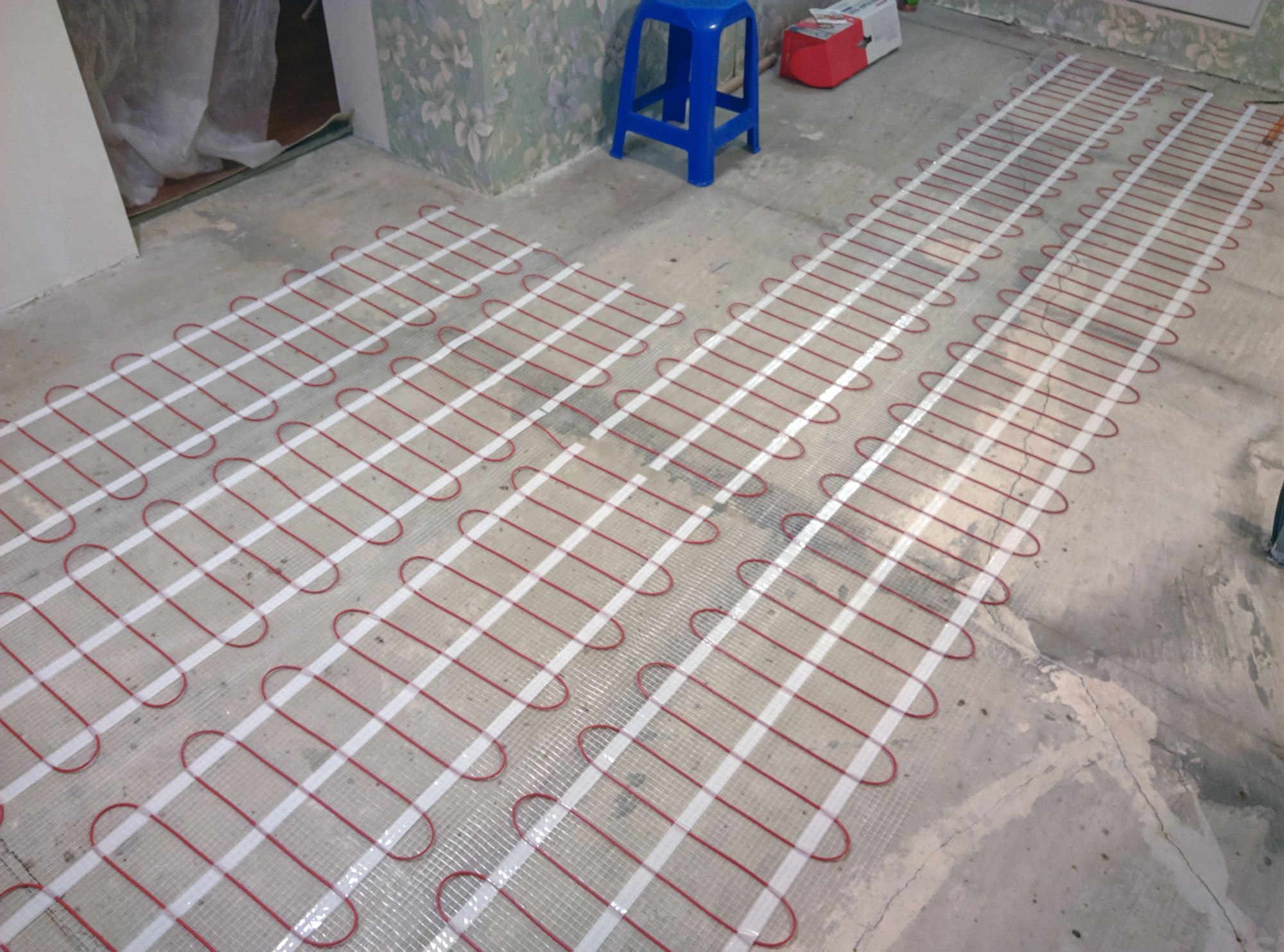
How do I connect the power supply?
Electrician Jonathan Bacon explains everything you need to know about connecting the power supply before laying your electric underfloor heating:
Most systems offer wifi or smart connectivity which can help reduce costs while away from home
Jonathan Bacon
1. You need to establish where your power source will be and cut a hole for the cabling conduit into both the wall and floor. Make sure this is flush to the surface or you'll have an issue when it comes to laying your tiles.
2. The power supply location will also need to incorporate the thermostat and UFH controller with the circuit protected by an RCD that is usually installed at the fuse board.
3. Your electrician will need to connect up the power source and ideally do a resistance test on the electric underfloor heating mat or heat cabling with a multi-meter. This will confirm the UFH definitely works before installing it. If they're not installing the system for you, the electrician will need to come back again after installation to provide the appropriate electrical installation certificates.

Jonathan has 26 years of experience with electrical installations, including electric underfloor heating
How do I lay electric underfloor heating?
There are different installation methods depending on the type of electric underfloor heating you have chosen. Take a look at our electric underfloor heating guide for information on which to choose if you still need to make a decision.
It's worth noting that you should never cut the wire when laying any of these systems, only the mesh, mat, tape or other backing. We'll repeat that again... never cut the wire!
1. Installing thin mesh systems
The wiring is already laid out on the mesh so it is a matter of rolling out the mesh in parallel runs where you need it, and cutting the mesh (not the wire) when you need to change direction to continue rolling it out around the room. Make sure none of your cabling overlaps or is positioned near any hot water pipes as this can cause problems.
2. Installing a quick matting system
This is laid in a similar way to mesh but it is on a mat instead. The mat usually has a sticky backing to hold it in place. If you walk over the mat after you've positioned it, it should help stick it down to your subfloor. Tape is often also supplied where needed.
3. Installing foil systems under carpet
Keep in mind that when the carpet is laid on top of the UFH, it will need tacking into place and you don't want this to go through your foil. Therefore it's a good idea to leave at least 12 inches in front of walls when laying. With foil system, you would usually roll this out and lay in a similar way to matting.
4. Installing a loose wire system
This system will need very careful installation as the wires are not already positioned on a mat. That said, because of this, positioning is much more flexible and it suits an irregular shaped room with lots of fixtures.
It's best not to position the wire closer than 700mm or further than 1000mm apart when laying and the tape should be fitted in the opposite direction to the wiring. It's worth noting that usually you can't cut the cabling down to size and the first few metres of the cabling is often designed for your power source rather than for laying.
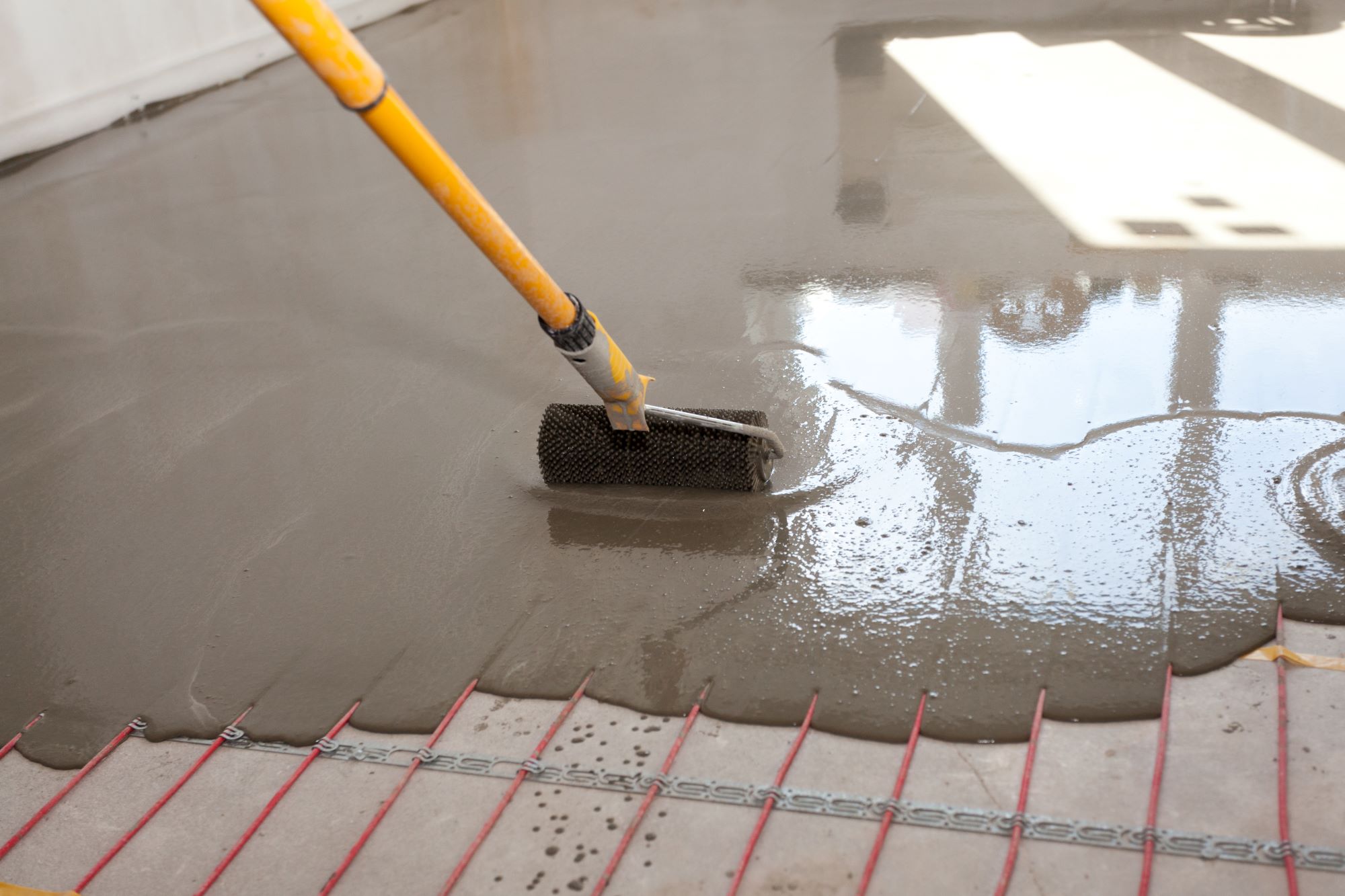
Where should I position the probe?
After you've laid your electric underfloor heating, you'll need to position the probe. This is for your underfloor heating thermostat and to make sure it gives an accurate temperature reading.
"Make sure the probe does not cross any of the wires or it will give a false reading. It should also be positioned underneath the mesh or matting, and can sometimes require a hole to ensure it sits flush. It should also be at least six inches away from a wall and close to your power source," explains our expert electrician Jonathan Bacon.
Once everything is in place, test it with a multi-meter again before laying your flooring. Some systems will allow you to place adhesive straight onto it (always flexible tile adhesive), while others will need to be laid under a floor screed or a self- levelling product.
If you aren't sure what type of flooring you'd like to lay on top yet, take a look at our guide on the best flooring for underfloor heating.
How long do I need to wait before using my UFH?
After installation of all these systems, it's best not to use it for a couple of weeks to let the materials settle. Ideally after this, raise the temperature gradually around 5 degrees a day to reduce the possibility of any cracking or tiles detaching.
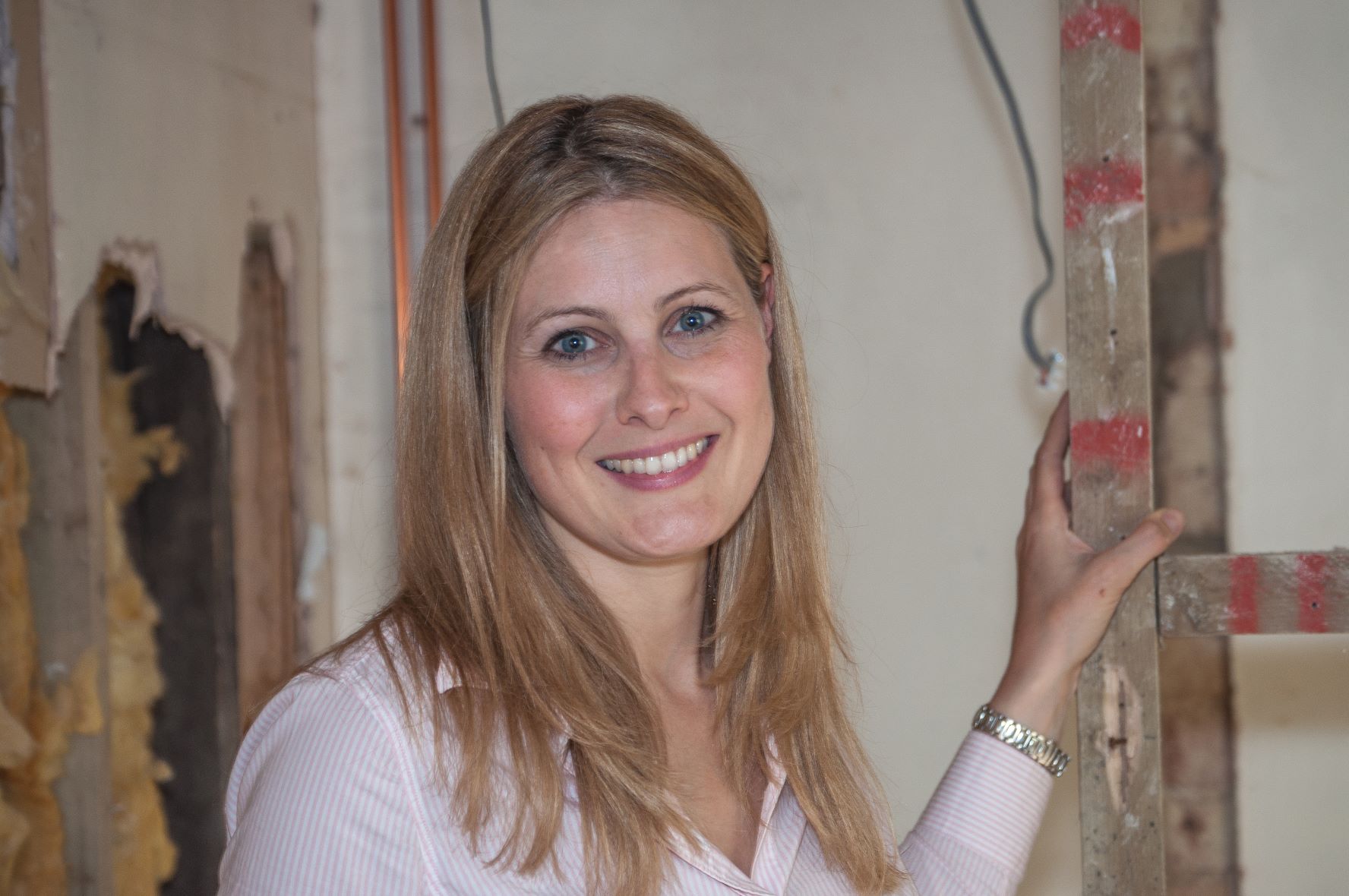
Amy spent over a decade in London editing and writing for The Daily Telegraph, MailOnline, and Metro.co.uk before moving to East Anglia where she began renovating a period property in rural Suffolk. During this time she also did some TV work at ITV Anglia and CBS as well as freelancing for Yahoo, AOL, ESPN and The Mirror. When the pandemic hit she switched to full-time building work on her renovation and spent nearly two years focusing solely on that. She's taken a hands-on DIY approach to the project, knocking down walls, restoring oak beams and laying slabs with the help of family members to save costs. She has largely focused on using natural materials, such as limestone, oak and sisal carpet, to put character back into the property that was largely removed during the eighties. The project has extended into the garden too, with the cottage's exterior completely re-landscaped with a digger and a new driveway added. She has dealt with de-listing a property as well as handling land disputes and conveyancing administration.
